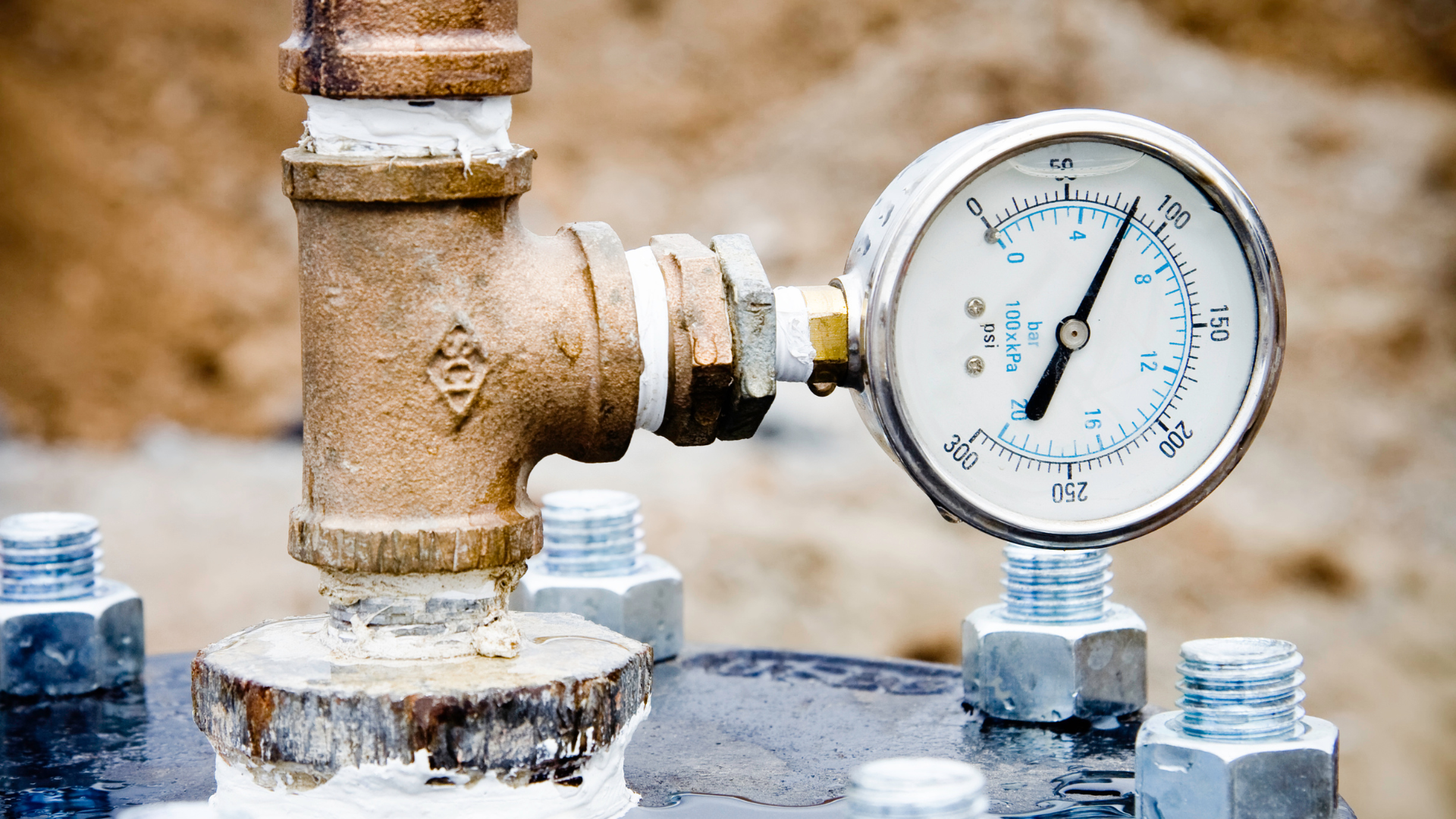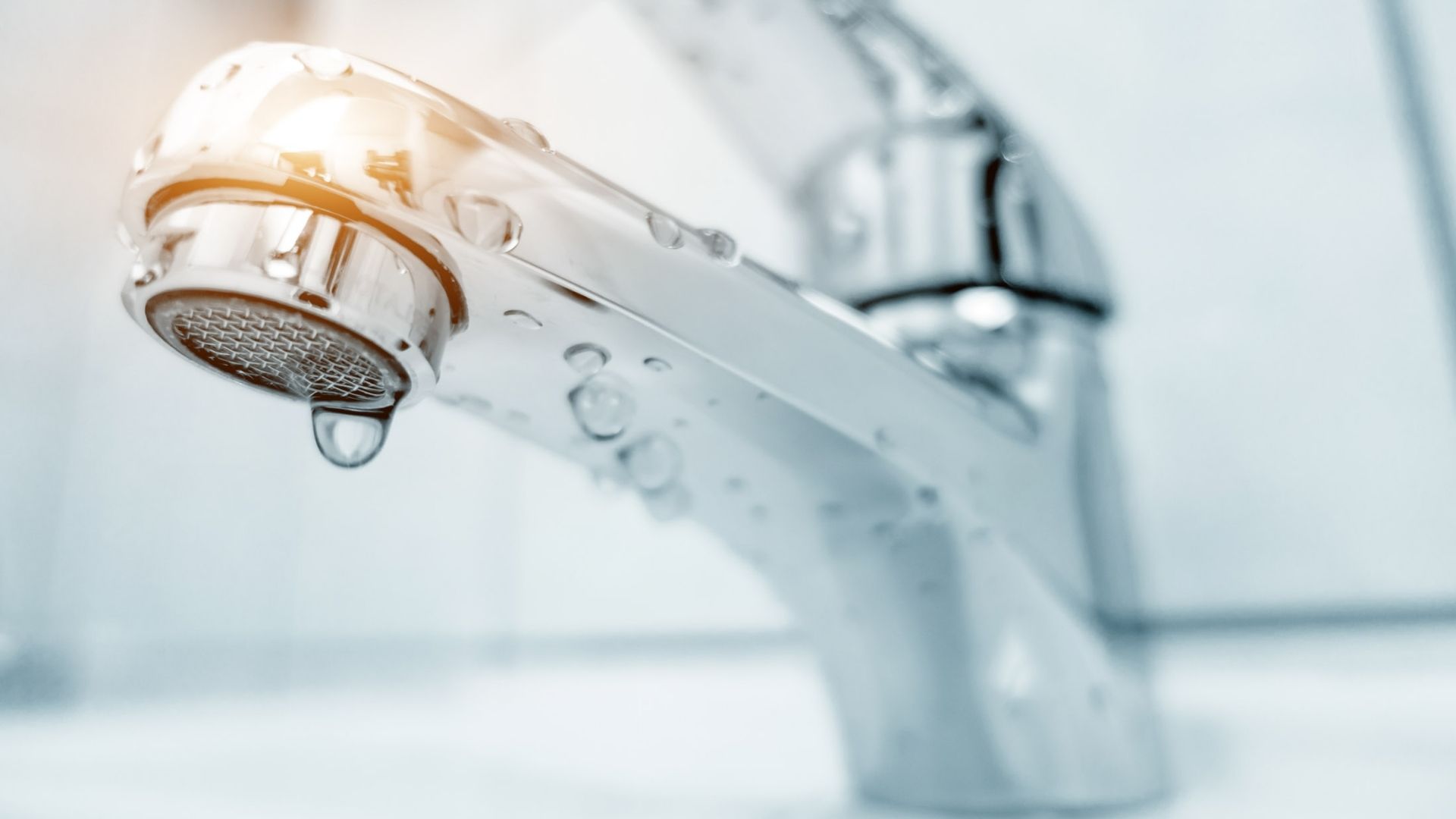Top Approaches for Addressing Low Water Pressure in Your Home
Top Approaches for Addressing Low Water Pressure in Your Home
Blog Article
The article listed below in relation to 9 Reasons for Low Water Pressure in Your House is incredibly fascinating. Check it out for yourself and see what you think of it.

Low tide pressure in your home can be an irritating trouble, affecting everything from showering to cleaning recipes. If you're experiencing weak water circulation, there are numerous possible reasons and remedies to check out. In this guide, we'll discuss usual reasons for low tide pressure and practical steps to address the problem effectively.
Introduction to Low Tide Stress
Low water stress happens when the flow of water from your taps, showers, and various other components is weak than typical. This can make everyday tasks extra challenging and less effective. Recognizing the root causes of low water stress is critical to locating the appropriate service.
Common Causes of Low Tide Stress
Faulty Stress Regulators
Stress regulatory authorities are responsible for maintaining regular water stress in your home. If they malfunction, it can result in low tide pressure or unequal circulation throughout your home.
Metropolitan Water Issues
Occasionally, the problem exists outside your home. Municipal water system issues, such as main line leakages or upkeep job, can temporarily lower water stress in your area.
Pipeline Obstructions
Gradually, pipelines can become blocked with mineral deposits, debris, or debris, restricting the flow of water. This is an usual concern in older homes with galvanized steel pipes.
Rust
Corrosion within pipelines can result in leakages and minimized water pressure. Corrosion build-up can restrict water flow, particularly in aging plumbing systems.
Just How to Diagnose Low Water Stress
Examining Pipes
Inspect noticeable pipes for indicators of leaks, deterioration, or blockages. Focus on any kind of unusual noises, such as knocking or rattling pipelines, which could suggest problems within the plumbing system.
Consulting with a Plumber
If you're unable to identify the cause of low water stress, consider hiring a professional plumber to conduct an extensive assessment. They can recognize underlying issues and suggest proper remedies.
Examining Taps and Fixtures
Beginning by testing the water stress at various faucets and fixtures throughout your home. If the concern is isolated to details areas, it might suggest local troubles.
DIY Solutions to Fix Low Tide Stress
Flushing Water Heater
Debris accumulation in the hot water heater can restrict flow and reduce effectiveness. Purging the container occasionally helps eliminate debris and maintain optimum performance.
Inspecting Pressure Regulator
Guarantee that the pressure regulatory authority is operating correctly. Changing or changing the regulator can aid recover proper water stress throughout your home.
Cleaning Up Aerators and Showerheads
Mineral deposits can build up in aerators and showerheads, decreasing water flow. Remove and clean up these parts on a regular basis to improve water pressure.
Clearing Up Clogs in Pipeline
For small clogs, try using a plumbing snake or chemical drain cleaner to clear blockages in pipelines. Beware when utilizing chemicals and adhere to safety guidelines.
When to Call a Professional Plumber
If do it yourself initiatives stop working to resolve the problem or if you believe significant plumbing troubles, it's ideal to look for help from a licensed plumber. They have the proficiency and devices to attend to intricate concerns securely and successfully.
Preventive Measures to Preserve Water Pressure
Setting Up a Pressure Booster
Consider setting up a stress booster pump to improve water stress in locations with constantly reduced flow. This can be especially useful for multi-story homes or residential or commercial properties with high-demand components.
Tracking Water Use
Be mindful of water usage routines and stay clear of ill-using the plumbing system. Easy adjustments, such as astonishing showers and laundry tons, can assist keep adequate water stress.
Routine Maintenance
Arrange routine upkeep for your plumbing system to avoid issues such as rust, leaks, and obstructions. Addressing small problems early can help stay clear of more substantial fixings in the future.
Final thought
Taking care of low tide pressure can be frustrating, however identifying the underlying causes and applying proper solutions can restore optimum flow throughout your home. Whether it's cleaning up aerators, examining pipes, or consulting with a plumber, taking aggressive steps can make certain a consistent supply of water for your daily needs.
How to Fix Low Water Pressure
Have you noticed the water pressure in your shower or taps seem a little weak? If so, the water pressure in your home may be lower than it should be.
Low water pressure can affect many areas of your home. You might notice it taking longer to fill the bathtub or washing machine or that you’re not getting the pressure you need from your garden hose.
These pressure changes can be sudden or may happen over time. It may take a little investigating to find the cause, but there’s usually an easy solution.
Testing Water Pressure in Your Home
One easy way to check water pressure at home is with a water pressure gauge. You can find one online or at a hardware or home improvement store.
Before you check the pressure, make sure the taps and appliances that use water are turned off. Then, connect the gauge to the exterior hose bib or tap.
Turn the tap up all the way and read the gauge to see the water pressure. If you don’t have an exterior tap, you can disconnect the hose of your washing machine and connect the water pressure gauge to it.
Make sure all your water-using appliances are turned off. Turn the faucet on high to read your home’s pressure or PSI.
If the idea of checking water pressure or dealing with plumbing issues on your own seems a bit daunting, you can call a professional plumbing service to handle the job.
They can help you find the root of your water pressure issues and determine the best solution to the problem.
Clear the Clogs
A clogged pipe is one of the most common issues that leads to low or no water pressure. Pipes can become clogged due to a buildup of mineral deposits.
This is especially true if you have hard water where you live. Even a small clog can reduce the pressure of water running through the pipes.
Clogs usually build up over time. People notice when it affects their showers or the appliances that use water every day.
There are products and tools for clearing clogs on your own or you can call a plumber. They have the expertise and the right tools to locate clogs and determine whether it’s better to repair or replace the pipe.
Clean or Replace Corroded Pipes
Do you live in an older home where the plumbing is decades old? If so, your pipes are probably prone to corrosion. This is especially true if the pipes are galvanised steel.
This material is likely to corrode after 20 years of use. Brass pipes average 40 to 70 years before corroding, while copper pipes are good for 50 years or more.
If you installed extra plumbing fixtures after building or moving into your home, there’s a good chance you could have corroded pipes. The more plumbing fixtures in the home, the harder your pipes have to work, and the more likely they will corrode.
It’s important to address pipe corrosion. Failing to fix the problem can lead to cracked pipes, major leaks, and water damage in your home.
Swapping out old plumbing pipes reduces the risk of corrosives. Updated plumbing produces cleaner and better-tasting water, too.
Seal the Leaks
Another cause of low water pressure could be a leak in the pipes or in the water line. Small cracks or holes leak water into unintended areas before the water can reach the various taps in your home.
If your basement or foundation has flooded, it’s a strong sign of leaking pipes. You can look for leaks by turning off the taps for a couple of hours. Then, check the water metre reading.
An increase may indicate a leak. To see or access the plumbing, check for wet spots or pooling water. If you find a leaking pipe, there could be more.
You may not be able to reach these spots on your own, so it’s a good idea to enlist the help of a professional plumber at this point. They can check all your pipes for leaks and repair or replace damaged ones to restore adequate water pressure.
It’s important to address water leaks right away. Standing water can lead to mould or mildew growing in your home.
Replace the Pressure Regulator
Do you have a pressure regulator in your house? It’s a valve that helps keep the water pressure entering your home at safe levels. A functioning regulator keeps the pressure constant and flowing at around 50 PSI.
High water pressure may damage your plumbing and lead to excess stress on your appliances that use water. When a pressure regulator fails, it can lead to an increase or decrease in pressure.
Sediment or debris in the value can cause a blockage. You can check the pressure regulator by attaching the pressure gauge to an outdoor spigot. If the pressure reads lower than the valve reported, the regulator may be faulty.
A plumbing expert can assess whether the pressure regulator is working for your home. It’s important to replace a failed regulator.
Instal a Booster Pump
Sometimes you may look everywhere to discover the cause of low water pressure but not find an answer. Talk to your neighbours to see if they’re having similar issues.
If other homeowners near you are experiencing water pressure problems, installing a booster pump may be a good solution. It can increase water pressure to the main supply line that runs to your home’s system.
An experienced pro in UK plumbing issues can help you install a booster and restore the water pressure to your house.
How to Fix Low Water Pressure
If you notice the water pressure in your home is less than what it should be, there are a variety of possible problems and solutions. If you’re not a plumbing expert or don’t have the time to spare for DIY plumbing issues, call the pros instead.
At PM247, we know how to improve low water pressure in your home. Simply tell us the plumbing issue you’re having and we will take it from there.
For over 20 years, we’ve provided professional plumbing, drainage, roofing, heating, and electrical services to our customers. We would love to help you, too!
https://www.pm247.co.uk/blog/how-improve-low-water-pressure/

Do you really like reading up on 10 Reasons for Low Water Pressure in Your House? Write a remark further down. We would be glad to find out your opinions about this piece. We are looking forward to see you back again in the future. So long as you enjoyed our blog post kindly remember to share it. Kudos for being here. Return soon.
Call Today Report this page